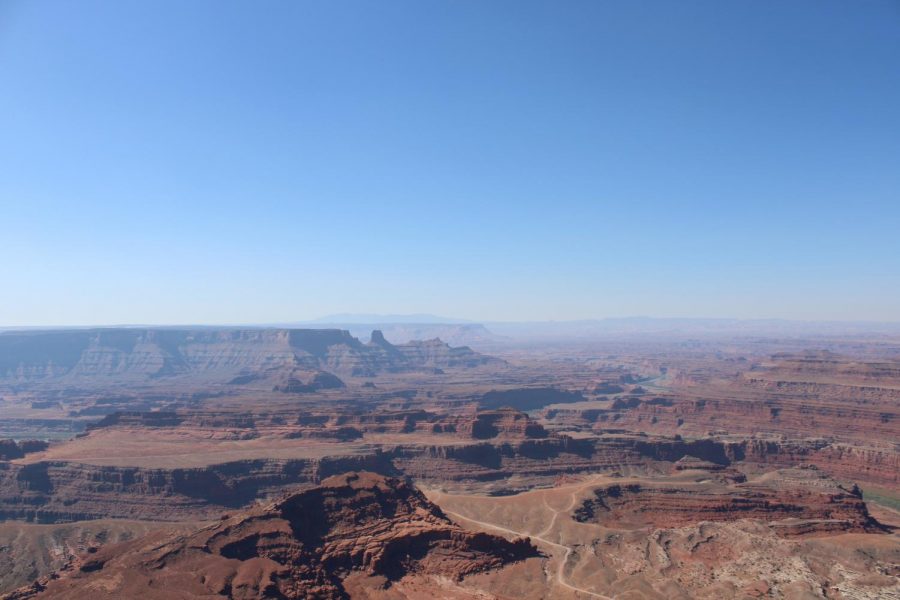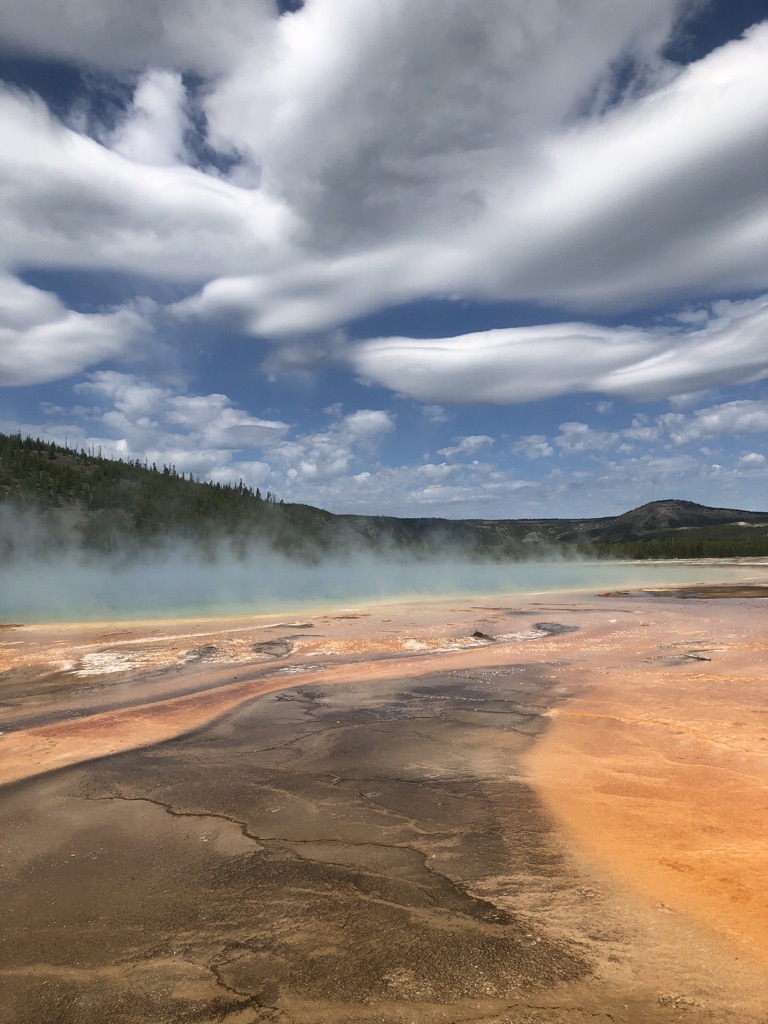Biden Prioritizes Climate Goals in Public Land Management
March 29, 2021
After Joe Biden’s inauguration in January, a number of presidential executive orders were released to address a range of topics related to campaign promises. One of these executive orders is titled “Tackling the Climate Crisis at Home and Abroad.” The order marks an emphatic shift in attitude from climate denial to climate action. President Trump frequently denied the reality of climate change and withdrew the U.S. from the Paris Agreement. With the new administration, employees of federal agencies will no longer have to shy away from words like “climate” or “sustainability.” Additionally, the new Secretary of the Interior will likely be Deb Haaland, who would be the first Indigenous person to hold the position. New leadership and a new focus on climate change through the executive order will introduce several big changes in public land management.
First, all new oil and natural gas leases on public lands are to be paused. During the Trump administration, a record amount of land was leased for oil and gas drilling. In the last months of his administration, the leasing of public lands increased significantly in anticipation of a potential change in administration. The urgency at the end of the Trump administration yielded urgency in Biden administration to halt the leasing of public land for oil and gas drilling. This moratorium on leasing fits into Biden’s broader effort to reduce dependence on fossil fuels.
Second, Biden hopes to increase renewable energy production on public lands and in offshore waters. Specifically, the executive order states the goal of “doubling offshore wind by 2030 while ensuring robust protection for our lands, waters, and biodiversity and creating good jobs.” This utilization of public lands for action against climate change ties into a goal to provide jobs and strengthen the economy through renewable energy.
Third, the executive order introduces a plan to protect 30% of U.S. land and 30% of U.S. waters by 2030. How this “30 by 30” goal will be met is still unclear. The plan will require significant work in protecting new portions of land and water. A large part of the motivation behind “30 by 30” is to improve the United States’ resilience in the face of climate change impacts and ameliorate biodiversity loss.
While all these plans for public lands in the executive order will impact Utah, another early Biden administration action really hits home. In 2016, President Obama established the Bears Ears National Monument, a place of great importance to many Indigenous people and communities. Then, in 2017, President Trump reduced the size of the monument by 85%. The fight to restore the original boundaries of the monument ensued and has continued to this day. President Trump also significantly reduced the size of the Grand Staircase-Escalante National Monument. After entering office, Biden immediately began a 60-day review of those monument reductions. The review is intended to determine whether the monuments should be restored to their original boundaries. Based on the intention of the review, it is very likely that Bears Ears and Grand Staircase-Escalante National Monuments will soon be restored through the Antiquities Act. This is hopeful news for many of the original proponents of the monuments, especially the Bears Ears Inter-Tribal Coalition.
Another important announcement from the Biden administration is the creation of a Civilian Climate Corps Initiative. This initiative is an attempt to further the legacy of Roosevelt’s New Deal policies, which were enacted during the Great Depression. The COVID-19 pandemic has negatively affected the U.S. economy, and the Civilian Climate Corps Initiative will create new, well-paying jobs that address the challenges of climate change. These jobs will focus on conservation work that helps achieve the “30 by 30” goal as well as work on other environmental challenges.
The Biden administration has established new priorities and ambitions for public land management right out of the gate. In the next four years, we can expect a political focus on climate action. This is exciting news for conservationists and for all those who love public lands.











